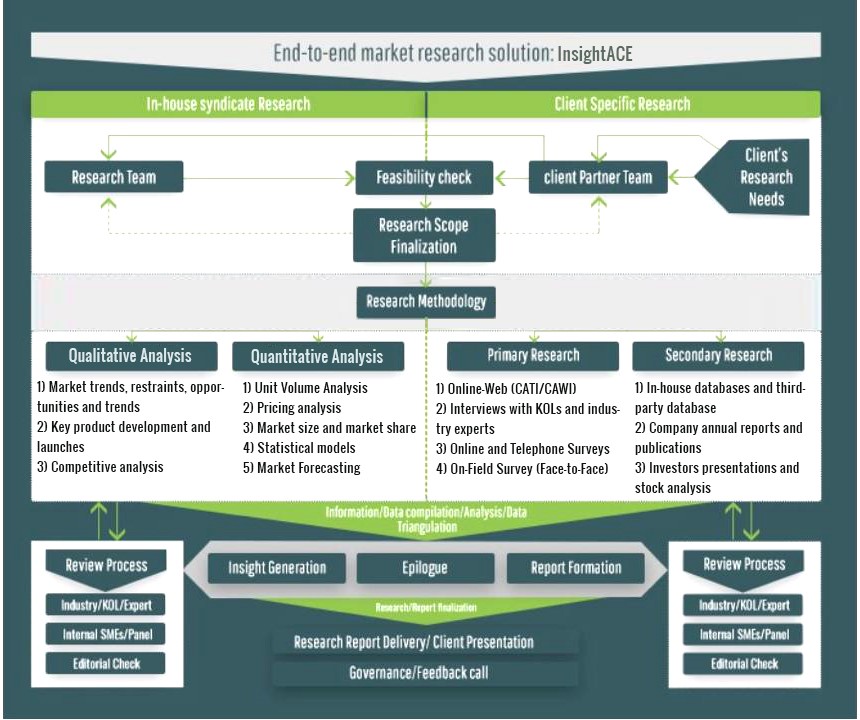The nerve growth factor is a tumor tissue produced growth factor that promotes the growth and differentiation of sympathetic and sensory ganglia. It is the first growth factor to be identified. An elevated level of nerve growth factor leads to inflammation and peripheral nerve injury. The nerve growth factor is secreted in the body following stimulus (eg, chemical, thermal, or mechanical). Clinically, an elevated level of nerve growth factor in the body leads to chronic pain conditions like chronic headaches, diabetic neuropathy, interstitial cystitis, arthritis, pancreatitis, prostatitis, cancer pain, and noncancerous pain. Current pain management therapy has specific limitations and fails to meet current clinical needs. The discovery of nerve growth factors has been well characterized as essential mediators of pain management. Pharmacotherapies targeting this nerve growth factor are considered to have the potential to treat a variety of nociceptive and neuropathic pain conditions.
Currently, molecules targeting nerve growth factors are in the pipeline and are expected to enter the market in the forecast period. Tanezumab is most attractive and-NGF antibody, which is currently in phase 3 of clinical-stage development for various different indications, which includes back pain, cancer pain, musculoskeletal pain, and other pain. It is developed by Pfizer in collaboration with Eli Lilly & Company. In 2017, FDA granted fast track designation for tanezumab for the treatment of osteoarthritis and for chronic low back pain. Other anti-NGF antibody currently in the pipeline includes fulranumab, ASP6294, Fasinumab, and others. The entry of anti-NGF antibody into the market will fulfill the current unmet need for pain management therapeutics. The treatment algorithm for pain management will change significantly during the forecast period with the fasinumab and tanezumab holding a significant share of the market over the next decade. Increase in incidence and prevalence of inflammatory disease like osteoarthritis, etc and related disorders, growing demand for novel therapies and current unmet need from commercially available option drives the growth of anti-nerve growth factor antibody market during the forecast period. However, disappointing results of promising pipeline molecules hampers the growth of the market during the forecast period.
At the regional level, the global anti-nerve growth factor antibody has been segmented into North America, Europe, Asia Pacific, Latin America, and Middle East & Africa. In terms of revenue, North America followed by Europe is a significant contributor to the global anti-nerve growth factor antibody market. The regional growth is driven by strong clinical pipeline, increasing research and drug development activities, presence of major players, and presence of developed healthcare infrastructure propels the growth of the market in the region. The Asia Pacific is third promising revenue contributor, which is expected to grow at a rapid pace in the upcoming year. Countries such as Japan, India, and China are major contributors for this market. Rising demands for novel therapies and emerging and huge population base countries such as China and India offers tremendous market opportunities for the anti-nerve growth factor antibody.
Some of the market players leading the global anti-nerve growth factor antibody market include Eli Lilly & Company, Pfizer, Regeneron Pharmaceuticals; Sanofi-aventis, Mitsubishi Tanabe Pharma Corporation, Teva Pharmaceutical Industries, Astellas Pharma, etc.
Global Anti-Nerve growth factor Market Outlook (Revenue, US$ Mn, 2019 – 2030)
Global Anti-Nerve growth factor Market Outlook (Revenue, US$ Mn, 2019 – 2030) By Region
InsightAce Analytic follows a standard and comprehensive market research methodology focused on offering the most accurate and precise market insights. The methods followed for all our market research studies include three significant steps – primary research, secondary research, and data modeling and analysis - to derive the current market size and forecast it over the forecast period. In this study, these three steps were used iteratively to generate valid data points (minimum deviation), which were cross-validated through multiple approaches mentioned below in the data modeling section.
Through secondary research methods, information on the market under study, its peer, and the parent market was collected. This information was then entered into data models. The resulted data points and insights were then validated by primary participants.
Based on additional insights from these primary participants, more directional efforts were put into doing secondary research and optimize data models. This process was repeated till all data models used in the study produced similar results (with minimum deviation). This way, this iterative process was able to generate the most accurate market numbers and qualitative insights.

Secondary research
The secondary research sources that are typically mentioned to include, but are not limited to:
The paid sources for secondary research like Factiva, OneSource, Hoovers, and Statista
Primary Research:
Primary research involves telephonic interviews, e-mail interactions, as well as face-to-face interviews for each market, category, segment, and subsegment across geographies
The contributors who typically take part in such a course include, but are not limited to:
Data Modeling and Analysis:
In the iterative process (mentioned above), data models received inputs from primary as well as secondary sources. But analysts working on these models were the key. They used their extensive knowledge and experience about industry and topic to make changes and fine-tuning these models as per the product/service under study.
The standard data models used while studying this market were the top-down and bottom-up approaches and the company shares analysis model. However, other methods were also used along with these – which were specific to the industry and product/service under study.
To know more about the research methodology used for this study, kindly contact us/click here.